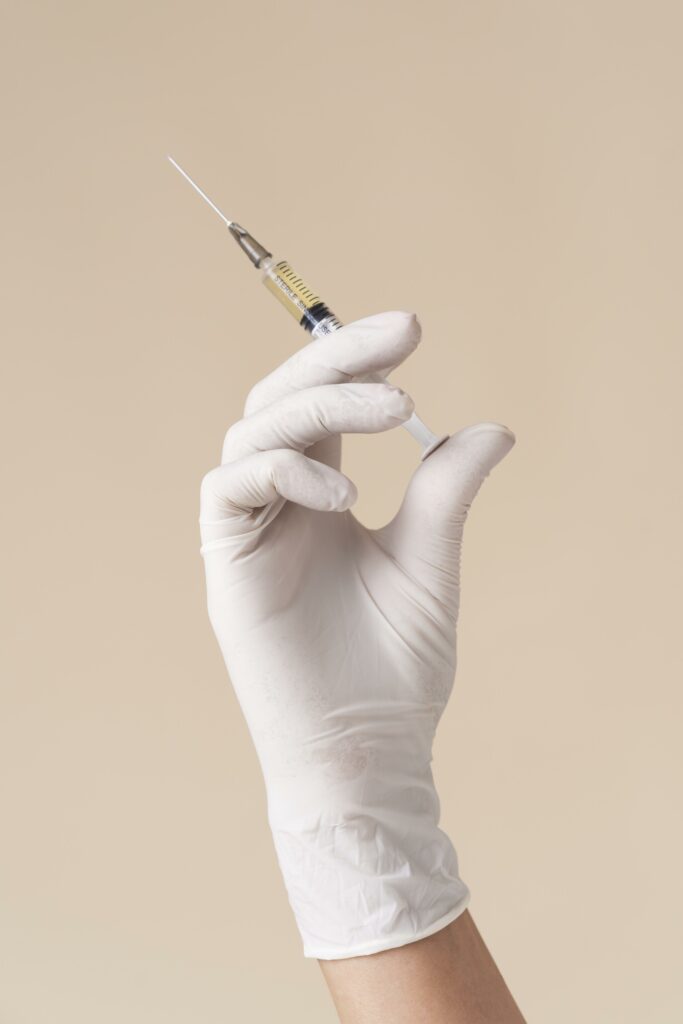Medical doctors and Surgeons
Fillers: innovative trends and practices
Using fillers to fight signs of ageing and to reduce aesthetic imperfections is becoming increasingly popular. Less pronounced wrinkles and bigger cheekbones are some of the most desired immediate results in patients who undergo the so-called “little injections”. At the same time, it’s important to be aware of potential complications.

«In the 70s and 80s, there was an excessive use of permanent fillers made of substances that achieved the desired results, such as volumetric increase in the area and a reduction of aesthetic imperfections. However, after 10 or 15 years, things became clearer and, by 2009, most of those fillers were removed from the market», explains Professor Giorgio De Santis, director of the Reconstructive and Aesthetic Plastic Surgery department of the University of Modena and of the specialising school for Reconstructive and Aesthetic Plastic Surgery for the Emilia-Romagna Region.
Complications that can develop over time go beyond aesthetic imperfections; they can pose real threats of infections, dislocations, asymmetries, hardening and pain. «These fillers in situ have begun to organise as foreign body granulomas. Not to mention rejection, but the organisation of our tissue doesn’t recognise it – explains De Santis -. Clusters of “granulomas” of a diffuse nature can form, which are hard or like cysts, so soft with an internal capsule. Beyond aesthetic imperfections, there are diseases, and this is why patients may have a hard time».
Future implications for fillers
Most lasers work on the surface of the skin to remove ablations, peeling, moles and marks. The University of Modena was the first to use a mainly vascular laser in an original way. «The Eufoton laser, with 800 nanometres, is intralesional, releasing such hot energy at a specific wavelength that it tends to soften and liquify the product. At that point, it can be removed either by squeezing it through tiny pores that we create through optical sonar or by micro-vacuuming the material» , describes the Professor.
For a long time, hyaluronic acid was considered to be free of risks, and even though it’s a relatively safe solution, there can be cases of encystment, especially in “cross-linked” hyaluronic acids, namely those with long absorption.
«Paradoxically, hyaluronic acids are far better at reabsorption in brief time frames than the “cross-linked” ones, in which there’s a risk that the hyaluronic acid gets encysted by the organism as it might not recognise it – confirms De Santis -. That said, the best filler in the world is fat. In case of fillers involving, for example, a cheekbone, the chin, or filling scars and indentations, we propose autologous fat transplantation, known as lipofilling».
A doctor’s obligations and knowledge of the patient

The future is that of ever more natural fillers, less molecular, with as few molecules as possible that may bud into the filler itself. «The future is fat in all its forms. Microfat grafting, slightly larger fat grafts called macrofat grafting, and nanofat grafting for superficial bio-revitalization», declares De Santis.
The Professor also emphasises how the patient must always ask for the sticker to track the product. This way they know the batch, expiration date, quality, quantity and trackability with a barcode. «It’s a doctor’s legal obligation, but patient’s should also remember to ask for the sticker and never be administered a product vacuumed from a bottle which holds half a litre, because that surely belongs to illegal fillers», concludes De Santis.






































